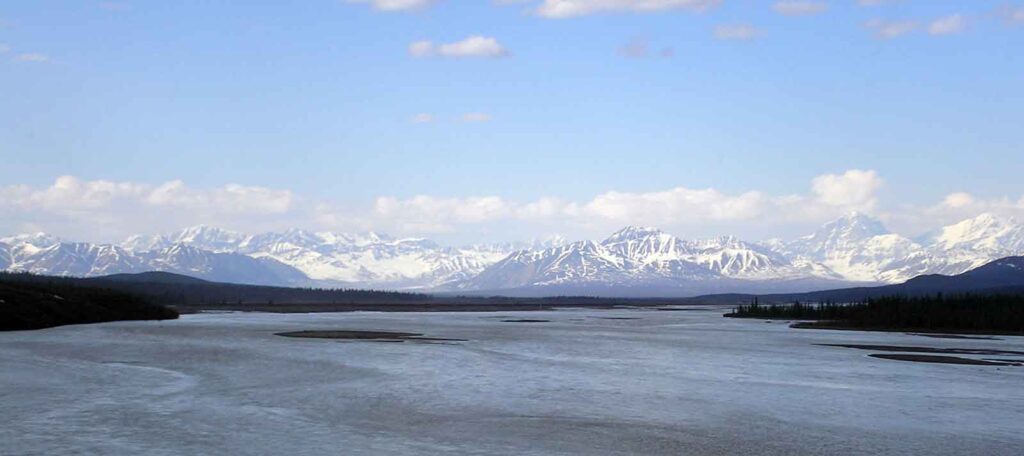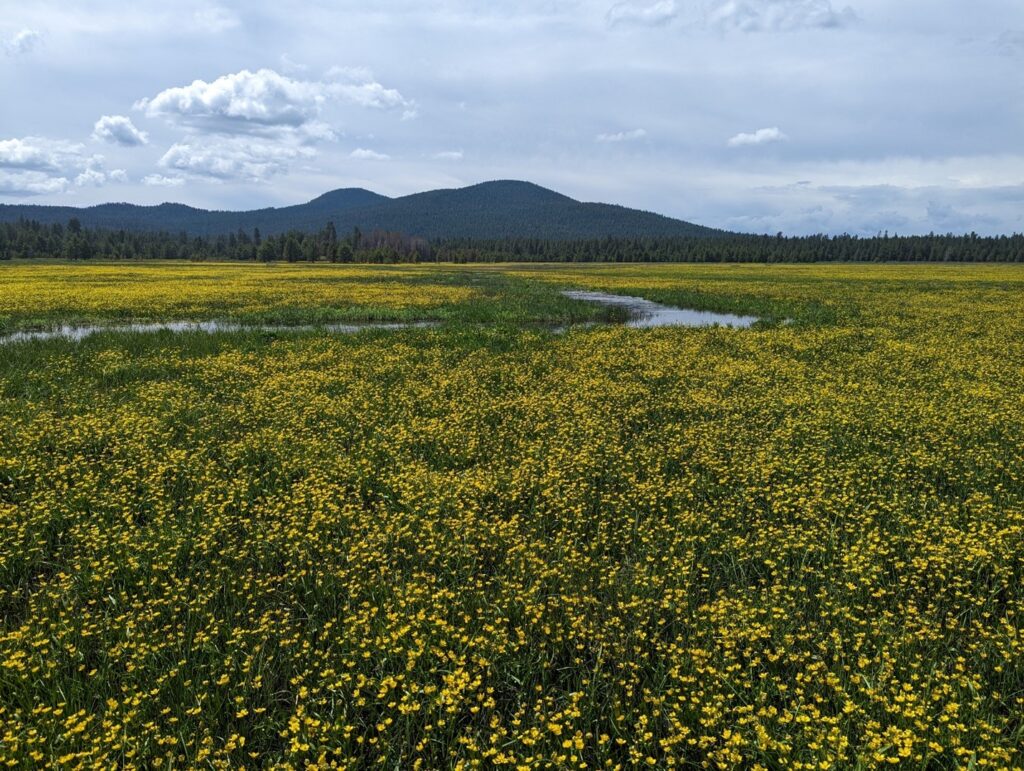Massive Dam Threatens Wild Alaska River
The State of Alaska has appropriated the initial funding to dam the Susitna River, which would do more harm than good.

This is a guest post from Richard Leo from the Coalition for Susitna Dam Alternatives
The biggest dam in America since Glen Canyon. The eighth tallest in the world when fully built. On a great wild river of dense salmon runs in the Mt. McKinley heart of Alaska. Right next to a major active earthquake fault, too.
Yup, it’s as alarming as it sounds. But the State of Alaska has already appropriated the initial funding to dam the Susitna River because Alaska needs the electricity.
Except… Alaska Doesn’t
Natural gas now powers most of the region the Susitna Dam would serve. There’s enough natural gas in those fields for at least a hundred more years. Alaska holds 90% of America’s potential for tidal power with generator tests happening now. Geothermal development is already in progress because Alaska’s geothermal potential rivals Iceland’s. Alaska’s first two wind farms that will be ready next year have the capacity for a quarter of the Susitna Dam’s output.
The Susitna Dam would produce 280-300 megawatts (Mw). The Grand Coulee on Washington’s Columbia River produces 3,000. A basic energy efficiency program for the same population base as the Susitna Dam’s electricity could save 200-300 Mw.
The free-flowing Susitna River descends from the glaciers of North America’s highest mountains. A $5-10 billion dollar wall of concrete simply doesn’t belong in the center of Alaska’s iconic wilderness landscape, where visitors from around the world come to experience natural grandeur.
Choking this wild river with a massive and unnecessary dam is an assault on our nation’s natural heritage.
Learn more about the Susitna River and the effort to stop the dam at SusitnaDamAlternatives.org
Updated October 6, 2011
We had such a response on this post that we wanted to update this post to address the comments that came in. Hope these help clear up some confusion:
Geothermal is not viable in the Matsu area and it never will be. it might be in “development” in the state somewhere but I can assure you it is many many miles from this market and any development is small scale and tens of years away.
The Alaska Energy Authority, the agency responsible for building the Susitna Dam, has helped fund a large geothermal development on Mt. Spurr. The project would serve the same area as the Susitna Dam (in face, Mt. Spurr is within sight of the Susitna River, directly across Cook Inlet from Anchorage). That project is expected to be online in ten years (the Susitna Dam’s earliest completion would be 12 years) with a potential for 100 MW. See report.
Wind power is not a consistent source of power and also needs tens of years of development before any production starts.
The first two large Alaska wind farms are scheduled to begin generating electricity by the fall of 2012.
The natural gas reserves are not going to last long and are not going to fuel any expansion of the existing market.
Alaska holds enough natural gas reserves for many many hundreds of years. There are currently three major natural gas projects actively being considered: 1) by large-diameter pipeline from the enormous reserves on the North Slope through Canada to the Lower 48 with branches into the area the Susitna Dam would serve; 2) a smaller-diameter pipeline from the North Slope directly to the area the dam would serve; 3) expanding the existing fields in Cook Inlet where a June, 2011 survey by the USGS showed that Cook Inlet reserves are not 1 but 20 trillion cubic feet. 75% of the area that dam would power now receives its electricity from Cook Inlet natural gas fields. Yes, existing Cook Inlet wells are beginning to run out, but not the field.
The proposed dam would be 700′ (213 meters) tall. This would make it the 30th tallest dam on earth. Not the eighth.
According to the Alaska Energy Authority, one of the design options currently being considered for the dam on the Susitna would allow it to be “expandable” to 885 feet in height, or 269.7 meters (see p. 10 of PDF). This would make it the 5th tallest dam on earth and the tallest dam in the United States. The relatively small amount of electricity the Susitna Dam would produce would indicate that the developing the dam to its full height may be necessary to achieve the greatest amount of power for the cost.
There are “dense” salmon runs on the Susitna River. However, the proposed dam will be on a tributary of the river. Only 17% of the river flow is impacted by the dam. The dam site will be 15 miles upstream of Devils Canyon, The turbulent waters of the Devil’s Canyon rapids downstream of the dam site provide a natural barrier to upstream migration of salmon.
The dam will not be on a tributary, but on the Susitna River itself. And a dam’s impacts on fisheries are not limited to the blocking of spawning grounds. According to studies done by the State of Alaska, the natural mineral toxicity of the Susitna River is sufficiently high to be at a threshold for salmon viability. Blasting apart the rock from which those elemental magnesium, aluminum, iron, and other salmon toxins come could impact salmon runs all the way to the mouth of the river. Additionally, according to the State’s own studies, the water temperature of the Susitna River is at the upper limits for salmon. The dam will discharge warmer water than occurs naturally, causing further harm to the sustainability of these commercially valuable fish.
Finally, at least two species of salmon, king and sockeye, are known to spawn far above Devil’s Canyon, a tribute to the marvel of the wild salmon. State fisheries biologists, in their off-time, anecdotally report sightings of hundreds of sockeye in the Susitna drainage waters above Devil’s Canyon.
The Susitna dam project would be a 600 MW project – not a 200 to 300 MW.
The “installed capacity” of the Susitna dam would be 600 MW. But “installed capacity” is a very misleading number, and it isn’t the same thing as actual generation. Instead it’s the maximum generation that’s possible when the dam is running full throttle, a bit like 120mph on my car’s speedometer. Most dams generate much less than their installed capacity in actual use. According to The Alaska Energy Authority, the dam’s average annual output would be 2,600 GW hours, or 296.8 average MW, a little less than half of its installed capacity. By way of comparison, the Grand Coulee Dam’s average annual output [PDF] is 22,600 GW hours, or 2,580 average MW.




